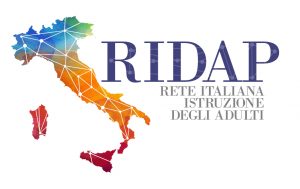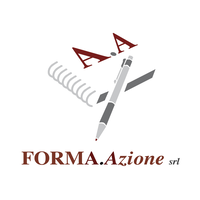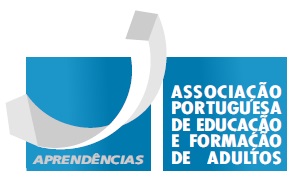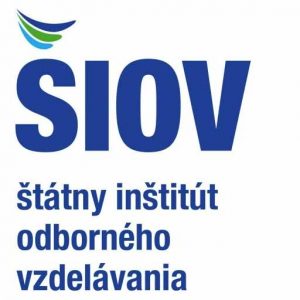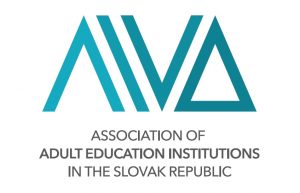Qualifica Passport
Guidance
Brief description of the main purposes and contents
The Qualifica Passport is a technological tool for recording qualifications and skills acquired or developed throughout an adult’s life, and for guiding learning paths.
Reasons why the project / program is considered a “good practice”
The Qualifica Passport is a good practice because it is a (digital) instrument for guidance and individual registration of qualifications and skills, which records the qualifications and skills acquired or developed throughout life; simulates and presents several possible qualification paths for obtaining new qualifications and/or school and professional progression, from the capitalization of the learning outcomes that the adult has already achieved and the skills they have acquired so far; suggests different training paths (school, vocational or dual certification) or recognition, validation and certification of skills (RVCC process) that the adult may choose for the completion of the qualification goal they have selected; identifies the completed training units and respective credit points that he/she capitalizes from previous training, for the desired qualification; lists the training units and respective credit points missing to obtain the selected path and informs the Education and Training Entities where the adult may find the training offer he/she selected or the Qualifica Centers where he/she may carry out a RVCC process, having as reference his/her place of residence (or another one of his/her choice) and the date of the search.
Managing authority / organisation
National Agency for Qualification and Professional Education, I.P. (ANQEP, I.P.)
Main target group
All adults (general public)
Source of funding
European
Stakeholders involved
The education and training entities (according to Portaria n.º 47/2017, de 1 de fevereiro), as a support tool for the promotion and management of their offers, namely in the adequacy of these offers to the needs of their target audiences and intervention territories and thus, a potential increase in the number of trainees. All adults who are registered in the SIGO platform, who have already attended, are attending or intend to attend training; who intend to obtain a professional qualification or increase their schooling level. Employers, since they can, with the job applicant’s permission, consult his/her Qualifica Passport, thus having access to his/her education and training pathway. Other users: Passaporte Qualifica also has a public area for non-authenticated users that allows to simulate education and training pathways, already done but not registered in SIGO, or pathways to be done.
Contribution of the practice in improving / promoting the social inclusion of the beneficiaries
It is a central instrument for valuing and facilitating individual training paths with a view to improving employability.
Practical evaluation carried out
Yes.
Results and measures taken following evaluation
The Qualifica Passport was launched in 2017 as part of the Qualifica Program, which set the following goals by 2020: ensure that 50% of the active population completes secondary education; achieve a participation rate of adults in lifelong learning activities of 15%, rising to 25% in 2025; contribute to having 40% higher education graduates in the 30-34 age group; contribute to having 40% higher education graduates in the 30-34 age group.
Description of the methods of implementation and any recommendations
The Qualifica Passport, which replaced the Individual Skills Booklet, is a digital instrument that serves to record the qualifications and skills acquired or developed throughout the life of the adult and to guide learning paths. This technological tool, by capitalizing the learning outcomes achieved and the competences acquired by the adult, simulates several possible qualification paths for obtaining new qualifications and/or school and professional progression. The qualification paths are suggested according to the greatest possible capitalization of training units already certified and of credits already obtained by the adult in previous training. It is also possible to consult the Education and Training Entities where the adult may find the training offer he/she has selected or the Qualifica Centers where he/she may carry out a process of Recognition, Validation and Certification of Competences (RVCC), having as a reference his/her place of residence and the date of his/her search.
It is an official, personal, non-transferable and optional document that has the following objectives: to present in a more expeditious and effective manner the training and competences that its holders have acquired; to allow employers a more immediate evaluation of the suitability of candidates’ skills for the jobs; keep updated and organized in electronic support the holder’s training pathway, identifying, clearly and precisely, the areas in which he/she can deepen other competences that improve his/her qualification pathway. Training entities and the holder are the only ones who can access the information; however, if so desired, the holder may allow employers to consult it when applying for a job, in order to clearly and effectively evaluate his competences. Basically, this passport allows each trainee to consult, in an integrated way, the training courses held, provided they are duly registered by the training entities on the SIGO platform.The SIGO platform is coordinated by the General Directorate of Education and Science Statistics (DGEEC), under the supervision of the Ministry of Education and Science, and is where the certified training providers, which integrate the network of training providers of the National Qualifications System (NQS), register the qualification paths developed by the trainees for subsequent issuance of the resulting vocational training certificates. It is aimed at adults aged 18 or over who are seeking to improve their qualifications, particularly with a view to completing secondary education and/or obtaining a professional qualification, and at young people aged between 15 and 29 who are not in employment, education or training (Young NEETs). To have a Qualifica Passport, it is necessary to log in to the page created for this purpose and for which its necessary a registration code. The registration code can be provided by the Qualifica Centers and Training Entities. The latter only in cases where adult have already attended training under the National Qualifications System. The adult can go to a Qualifica Center and request the registration code that will give him/her access to the Passport and, if necessary, ask questions on how to increase and develop skills through training. In addition to this private area, the Passaporte Qualifica also has a public area for non-authenticated users that allows to simulate education and training paths already taken but not registered in SIGO, or paths to be taken. The Qualifica Passport is structured as follows: Registration – the first step consists in providing data regarding your personal identification and qualifications completed or ongoing within the National Qualifications Catalogue. In addition, it also provides other professional training not included in the Catalog, registered by training entities or employers; Diagnosis – this stage aims to gather information, based on the exploration of a personal dimension that allows you to identify your motivations, expectations and interests, among other aspects, for the search of a particular qualification; Possible Pathways- based on the previous steps, possible pathways for completing and/or obtaining a qualification are identified; Pathway Selection – according to the pathway selected by you, you will have access to the identification of the Competence Units (CU) and/or Short Duration Training Units (UFCD) that you have already certified and of the credit points that you will be able to capitalize as well as of the CUs/UFCDs and credit points that you still need to obtain for the conclusion of that qualification; Searching the Educational and Training Offer – in this area you will have access to more detailed information on each of the possible paths, namely the education and training entities where you can find that training offer, as well as the places and dates of the actions, having as reference your place of residence and the search date.
Project / program website or other online reference resources
